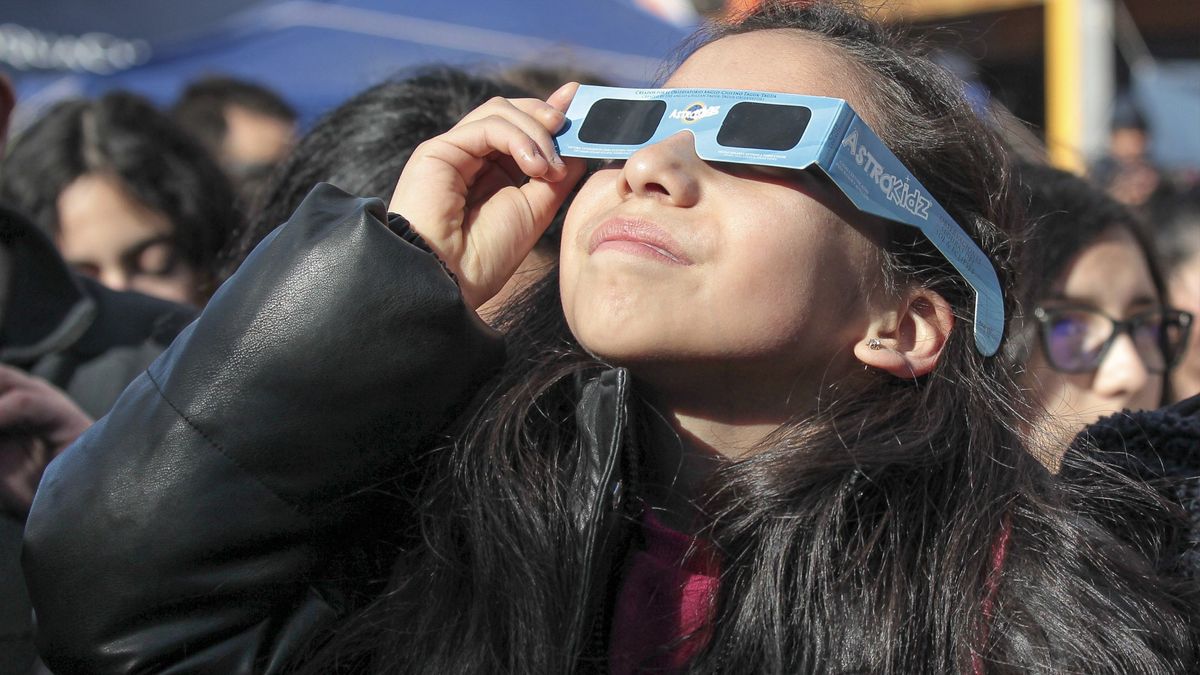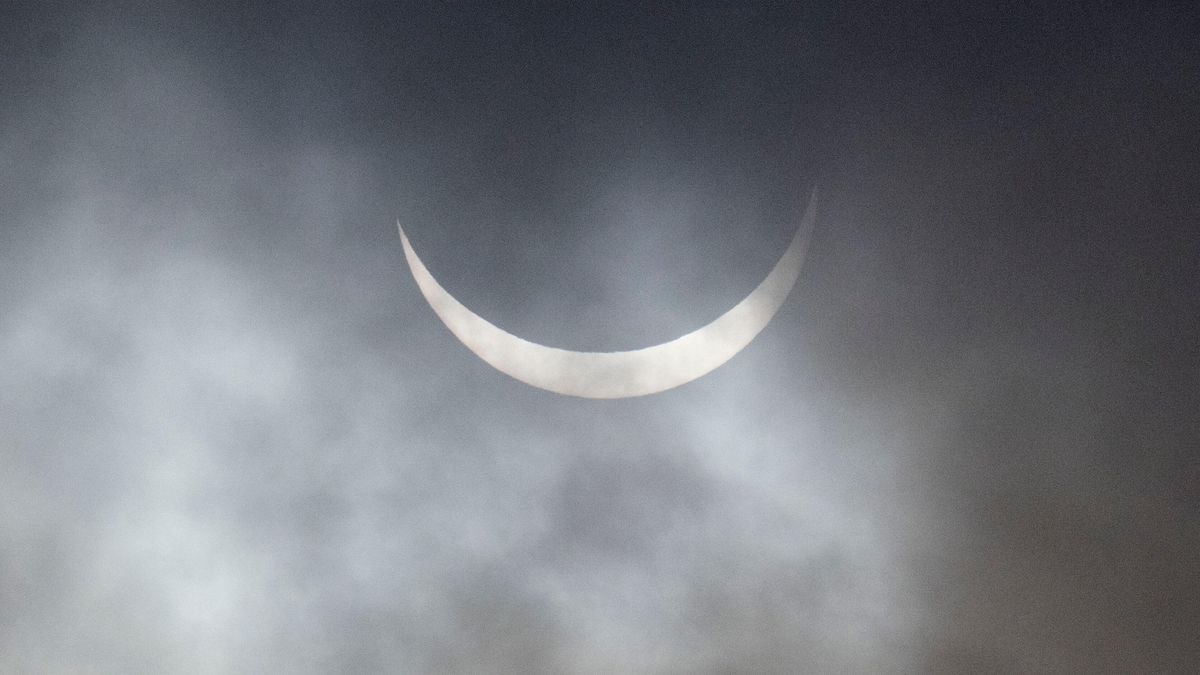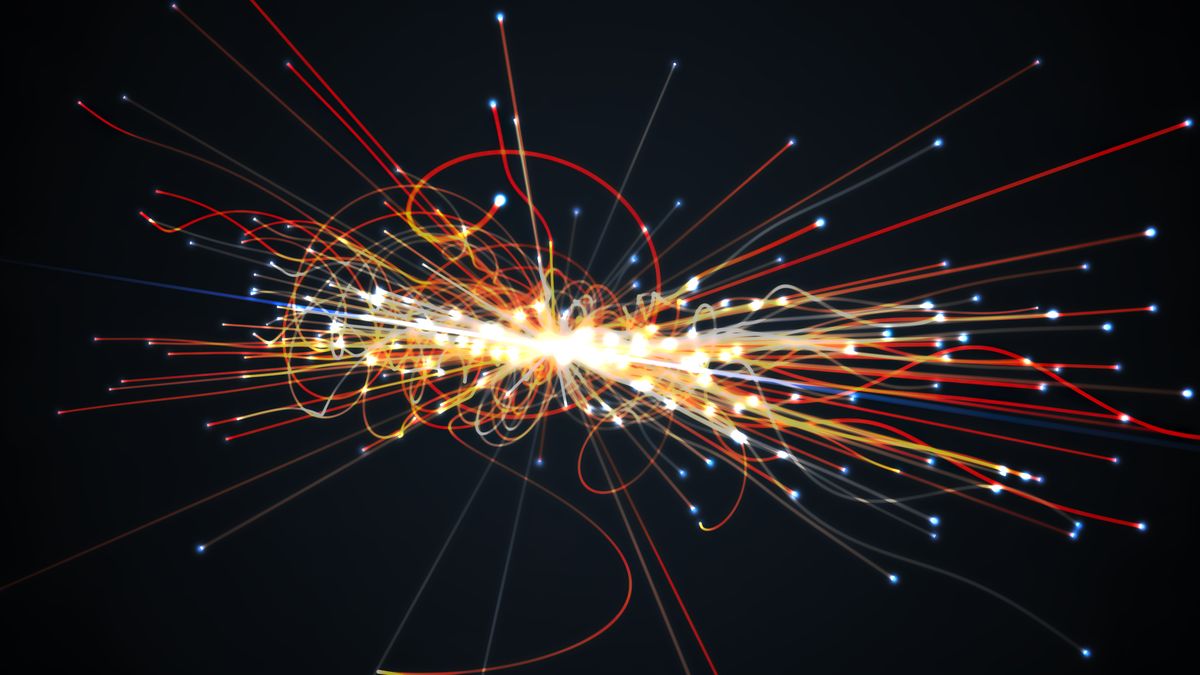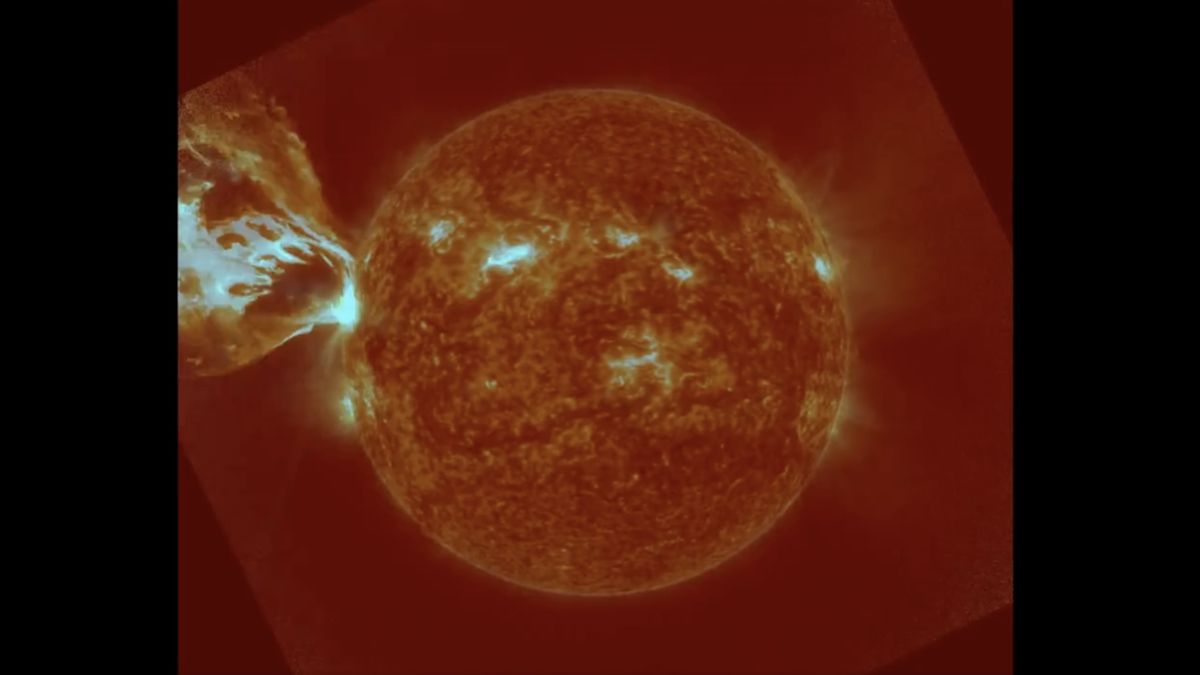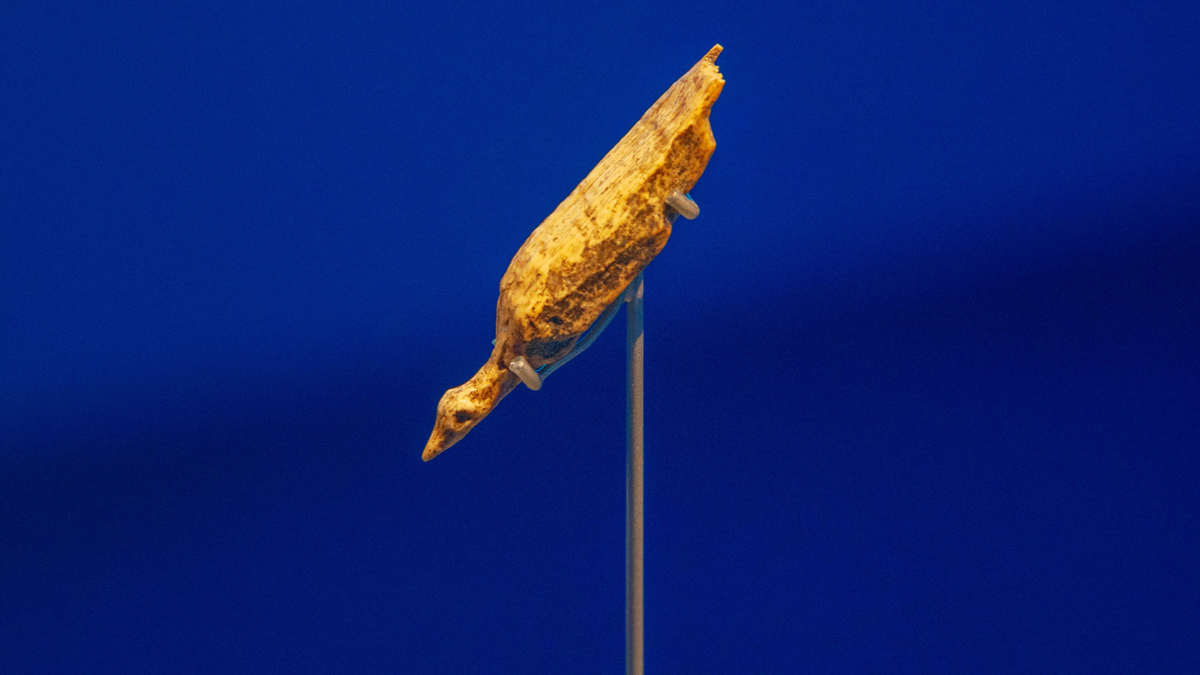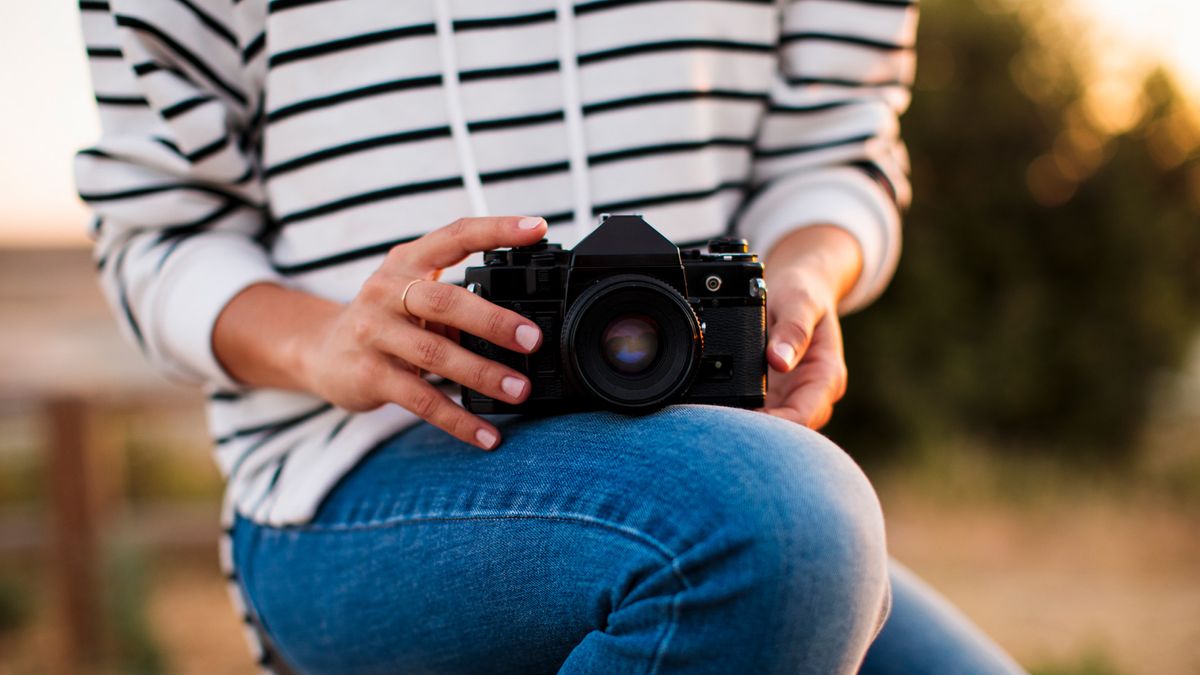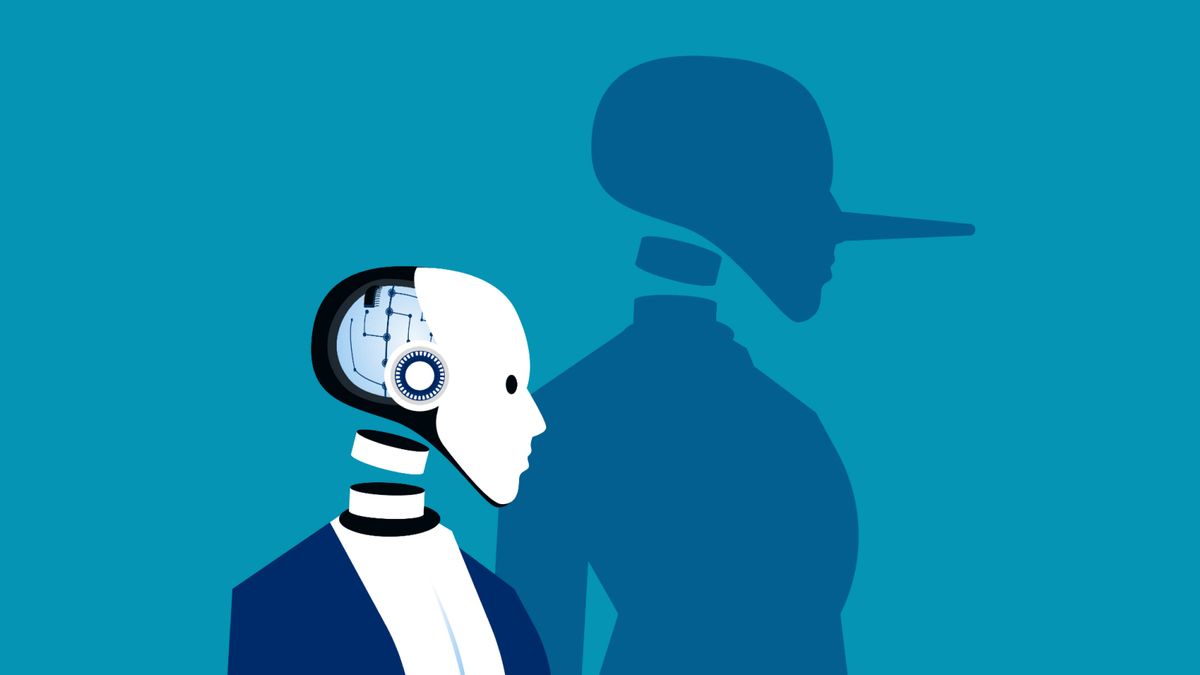Tomorrow (March 29), viewers in parts of the Northern Hemisphere, including in 13 states in the northeastern U.S., will get the opportunity to witness a partial solar eclipse.
This phenomenon occurs when the moon passes between the sun and Earth and partially blocks the sun, making it look like a bite has been taken out of our nearest star.
But staring directly at the sun without certified eclipse glasses can lead to an eye condition known as solar retinopathy, which can cause permanent vision loss.
So what is solar retinopathy and how can you protect yourself against it?
Related: How to watch tomorrow’s sunrise ‘devil horn’ solar eclipse online for free
What is solar retinopathy?
Solar retinopathy occurs when intense light causes damage to the light-sensitive tissue in the retina.
The retina detects light and converts it into signals that the brain translates into the images that you see. Despite its name, solar retinopathy can be caused by any intense light source, including the sun, a laser pointer or the bright light from a welding torch. Solar retinopathy can occur within seconds of exposure to intense light in one, or more often, both eyes.
Anyone who stares at the sun, even on a regular day, can get solar retinopathy, Dr. Julie Rosenthal, a clinical assistant professor of ophthalmology and visual sciences at the University of Michigan, told Live Science. However, the eclipse is a time that those of us who don’t weld or use lasers can easily get exposed to this kind of damage, she said.
People may be particularly vulnerable to solar retinopathy during a partial eclipse because the dark conditions caused by the sun being partly covered prevent the protective reflexes in the eye from properly kicking in, Live Science previously reported.
When it’s light outside, for instance, people tend to squint their eyes while their pupils — which control how much light enters the eye — constrict to protect the retina, Dr. Sandra Montezuma, a professor of ophthalmology at the University of Minnesota, told Live Science. However, when it’s dark, the pupils dilate, allowing more light to enter the eye and potentially damage the retina, she said.
Typically, people will not feel the damage happening as they stare at the sun as there are no pain receptors in the retina.
What are the symptoms of solar retinopathy?
A common symptom of solar retinopathy is blurred vision, often with a big blurred spot in the middle of your field of vision. Patients may also have distorted vision, for example seeing straight lines as being curved or perceiving objects as smaller than they actually are.
Other symptoms include headaches and changes in color vision when color-sending cells are damaged. Solar retinopathy can also cause a blind spot in a patients’ line of sight. People may also complain that their eyes feel watery or sore.
The longer and more directly you look at the sun, as well as the more often you do it, the greater the damage. Symptoms of solar retinopathy may take hours or days to emerge after injury.
An eye doctor can image the retina to diagnose solar retinopathy, and to determine how much damage has been done to your retina.
Is solar retinopathy treatable?
There is no treatment for solar retinopathy, however, the condition will improve for many people during the first six months after damage occurs, Dr. Rosenthal said. Nevertheless, even if a patients’ symptoms and vision problems get better over time, many may still have a permanent dark spot or see some wavy lines in their vision, she added.
In some cases, the retina may be so severely damaged that it does not repair itself. This can leave patients with permanent vision loss.
How can you prevent solar retinopathy?
The best way to avoid solar retinopathy is to not look directly at the sun, Dr. Montezuma said.
However, if people still want to view the partial solar eclipse on March 29, then they should ensure that they are either wearing solar eclipse glasses that comply with the ISO 12312-2 international standard, or using solar filters on skywatching equipment, she added. Solar filters are specialized filters that are added to equipment such as telescopes, binoculars or cameras that block sunlight.
If you don’t have access to any of these things then another safe option is to just watch the partial eclipse online, Dr. Montezuma said.
“It’s really a great time to be a part of science and to enjoy this cool phenomenon, but just make sure you’re doing it safely,” Dr. Rosenthal said.
This article is for informational purposes only and is not meant to offer medical advice.





